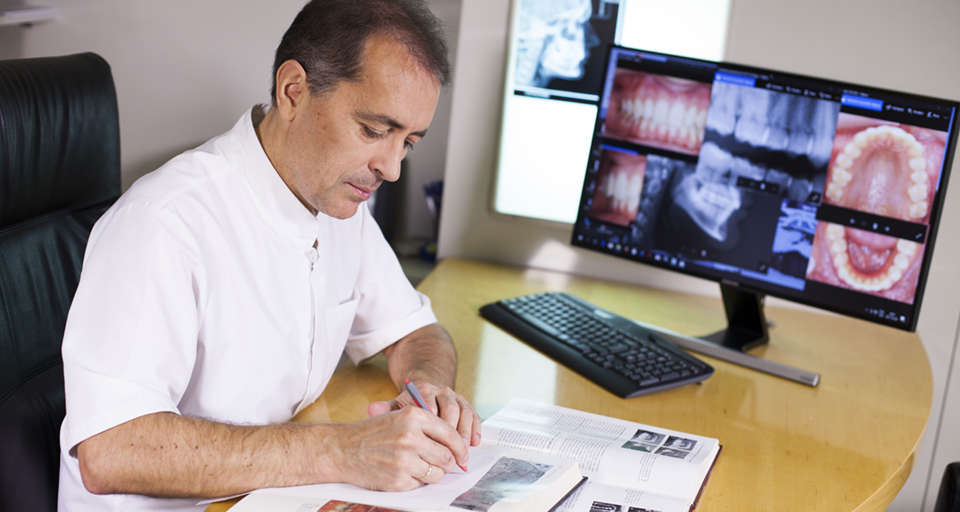Cephalometric comparison of early and late secondary bone grafting in the treatment of patients suffering from unilateral cleft lip and palate.
Written by admin on April 8, 2017
J Craniomaxillofac Surg. 2017 Apr;45(4):479-484. doi: 10.1016/j.jcms.2017.01.016. Epub 2017 Jan 25.
Brudnicki A(1), Sawicka E(2), Brudnicka R(3), Fudalej PS(4).
Author information:
(1)Department of Pediatric Surgery (Head: Prof. E. Sawicka), Institute of Mother
and Child (IMC), Warsaw, Poland. Electronic address:
andrzej.brudnicki@imid.med.pl.
(2)Department of Pediatric Surgery (Head: Prof. E. Sawicka), Institute of Mother
and Child (IMC), Warsaw, Poland.
(3)Department of Orthodontics (Head: Dr. A. Wierusz), Central Military Medical
Outpatient Clinic CePeLek, Warsaw, Poland.
(4)Department of Orthodontics and Dentofacial Orthopedics (Head: Prof. C.
Katsaros), School of Dental Medicine, University of Bern, Switzerland;
Department of Orthodontics, Institute of Dentistry and Oral Sciences, Palacky
University Olomouc, Olomouc, Czech Republic.
The study was based on a retrospective cephalometric assessment of 10-year-olds
in order to evaluate the influence of early secondary bone grafting on
craniofacial development in patients suffering from non-syndromic complete
unilateral cleft lip and palate. The study consisted of 79 patients in the early
and 67 patients in the late secondary bone grafting group. The mean age at
alveolar bone grafting was 2.5 years (SD 0.03) in the first group and 9.8 years
(SD 2.3) in the second group. The primary cleft repair of these 146 patients was
always performed in accordance with the one-stage method. Additionally, the
non-cleft Control group was comprised of 56 children of the same ethnicity and
age. The cephalometric analysis performed at age 10 revealed similar overall
characteristics of observed growth disturbances in both cleft groups in
comparison to the Control group, such as: inhibition of vertical and anterior
maxillary development, the tendency of the mandible to rotate clockwise, and a
prevalence of vertical over horizontal facial growth. The comparison between the
cleft groups revealed a lack of growth differences in the vertical dimension and
more pronounced anterior maxillary development inhibition in the early bone
grafting group. This study will be followed by a similar evaluation after
craniofacial development is complete by a significant number of these patients
in order to ascertain our conclusions.
Copyright © 2017 European Association for Cranio-Maxillo-Facial Surgery.
Published by Elsevier Ltd. All rights reserved.
DOI: 10.1016/j.jcms.2017.01.016
PMID: 28236507 [Indexed for MEDLINE]




